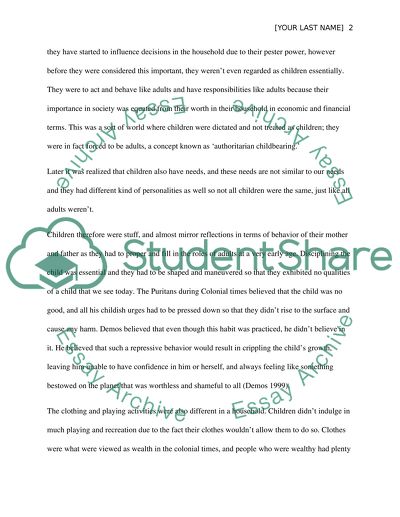Cite this document
(“John Demos' discussion of the changes the American family has Essay”, n.d.)
John Demos' discussion of the changes the American family has Essay. Retrieved from https://studentshare.org/sociology/1458790-john-demosyie-discussion-of-the-changes-the
John Demos' discussion of the changes the American family has Essay. Retrieved from https://studentshare.org/sociology/1458790-john-demosyie-discussion-of-the-changes-the
(John Demos' Discussion of the Changes the American Family Has Essay)
John Demos' Discussion of the Changes the American Family Has Essay. https://studentshare.org/sociology/1458790-john-demosyie-discussion-of-the-changes-the.
John Demos' Discussion of the Changes the American Family Has Essay. https://studentshare.org/sociology/1458790-john-demosyie-discussion-of-the-changes-the.
“John Demos' Discussion of the Changes the American Family Has Essay”, n.d. https://studentshare.org/sociology/1458790-john-demosyie-discussion-of-the-changes-the.


